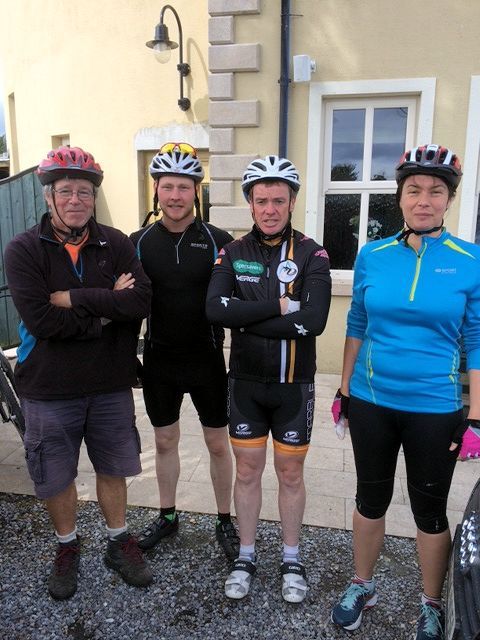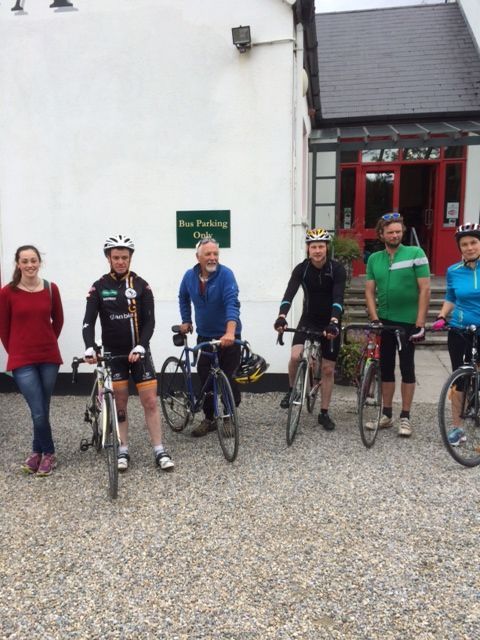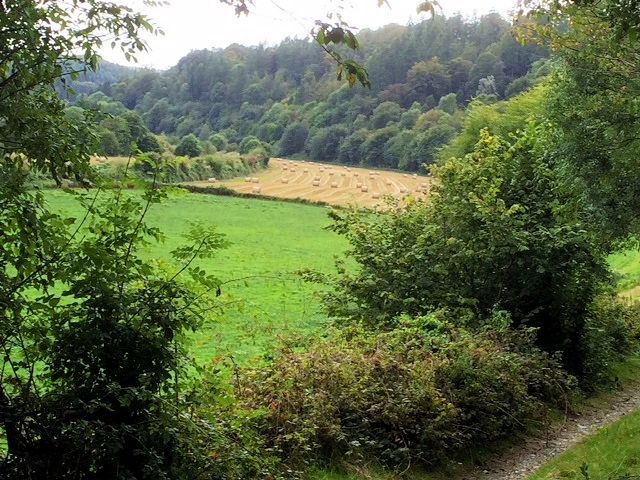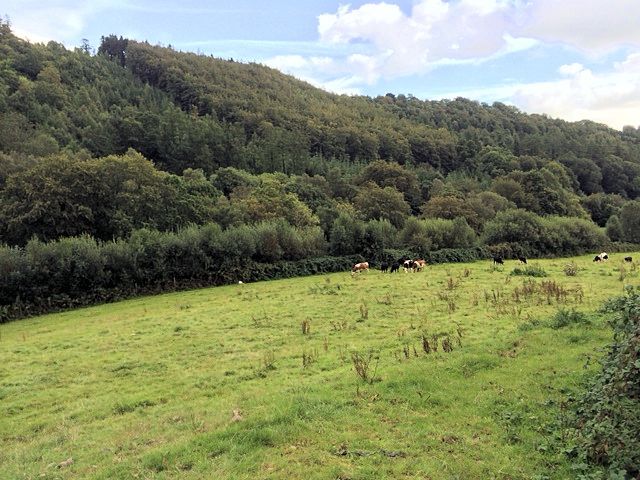
My cycle through Wicklow was a leisurely affair, and as today’s theme was bird conservation and I was amongst birders, my gene pool, it made for a really enjoyable day. Met up with Steve Newton of BirdWatch Ireland to give me the latest update on some of the conservation efforts on seabirds, and was joined by two other BirdWatch Ireland staff, Caoimhe Muldoon and Niall Tierney, for most of today’s cycle. Was really nice to have their company and to hear their enthusiasm for nature conservation. Organisations like BirdWatch Ireland are well served when they have such high caliber staff to draw on.
There is a narrow stretch of shingle shoreline just south of Kilcoole in Wicklow where another conservation success story unfolded this summer. Along a 500 metre stretch of the shore 120 pairs of Little Tern, Ireland smallest and rarest breeding tern, fledged 219 chicks. This was the largest number of fledged chicks for some decades, and contrasting fortunes to 2012 when the colony suffered a total wipe-out. The success was due to the dedicated work of a team of four wardens who set up electric fencing and signs to stop mammals, of all kinds, interfering with the breeding birds. The fencing stops foxes, feral cats, hedgehogs, mink, dogs and humans from destroying, either intentionally or unintentionally, the extremely well camouflaged eggs laid on the ground. But the eggs and chicks also suffer aerial bombardment from crows and birds of prey, so that the colony needs protection around the clock, 24 hours a day for the six weeks or so they are nesting. And not only did the wardens chaperone the largest number of chicks this year, they also managed to put colour rings with unique codes on 60% of the chicks. This is a new dimension to their studies for it generates information on movements of Little Terns away from the nest sites, something about which very little is known. And already, only a couple of weeks after departing Kilcoole, reports have been received of sightings of three birds, two in England and a third in France.
It is still way too early to see the success at Kilcoole as any significant change around in the fortunes of Little Terns in Ireland, but it does show that short-term intensive wardening of colonies can produce significant results. And this has already been well proven at Rockabill Island, out from Skerries in County Dublin where I passed yesterday. This summer, 1,241 pairs of Roseate Terns were crammed into the tiny island, making it the most important breeding site for this species in Europe. Not only that, but this population forms about 80% of the total Europe breeding population, so what happens here is fairly important for Roseate Tern numbers in Europe. Breeding numbers had plummeted during the 1960s and 1970s, but thanks to an intensive management programme by BirdWatch Ireland and NPWS, involving the building of nest boxes and the warding off of predators, this time avian predators such as gulls and birds of prey, numbers have been increasing steadily. The 1,241 pairs that bred on Rockabill Island this summer was a record number, which is very good news indeed. So the future prospects of terns in Ireland looks good, but it does depend upon the continued funding of wardens to work intensively at sites, to give these beautiful birds a bit of a helping hand.


When Richard Nairn, one of Ireland’s best known conservationists, got wind that the Wild Ireland Tour would be bringing me through Wicklow, he suggested that I really should take a short detour via Avoca to see the Red Kites. And I did as he suggested, and both Richard and fellow Red Kite enthusiast Mark Lewis, joined the peleton for the cycle to Avoca. And his advice was good advice, for Mark pointed out about three Red Kites as we cycled, and many locations where Red Kites nested earlier in the season. The graceful Red Kite became extinct in Ireland around 1790, because of a combination of loss of woodland and hunting of the birds. Thanks to the Golden Eagle Trust, a programme of re-introductions of some of Ireland’s lost majestic birds of prey is underway, with Golden Eagle, White-tailed Sea Eagle and Red Kite once more gracing Irish skies. The Red Kite reintroduction programme began in 2007 and brought about 100 young chicks from Wales. The birds were caged and fed for sometime before being released, in a controlled way, to the countryside around Avoca. This area was chosen as it most closely resembled the Welsh landscape from where the birds were brought. It is a landscape of rolling hills, mixed forests, and grassland and arable fields surrounded by well wooded hedgerows. The reintroduction programme has been very successful, and somewhere between 25 and 30 pairs of Red Kites now breed in the sweep of country between Rathdrum and Avoca.
Some conservationists are sceptical about these raptor re-introduction programmes as they see them as in someway deflecting attention from the hard work of having to turn around the fortunes of our remaining extant species. I don’t see it this way, as I feel the good news and enthusiasm generated by success stories like this can help build support for some of the less glamorous conservation work that desperately needs strong political and financial commitment.

